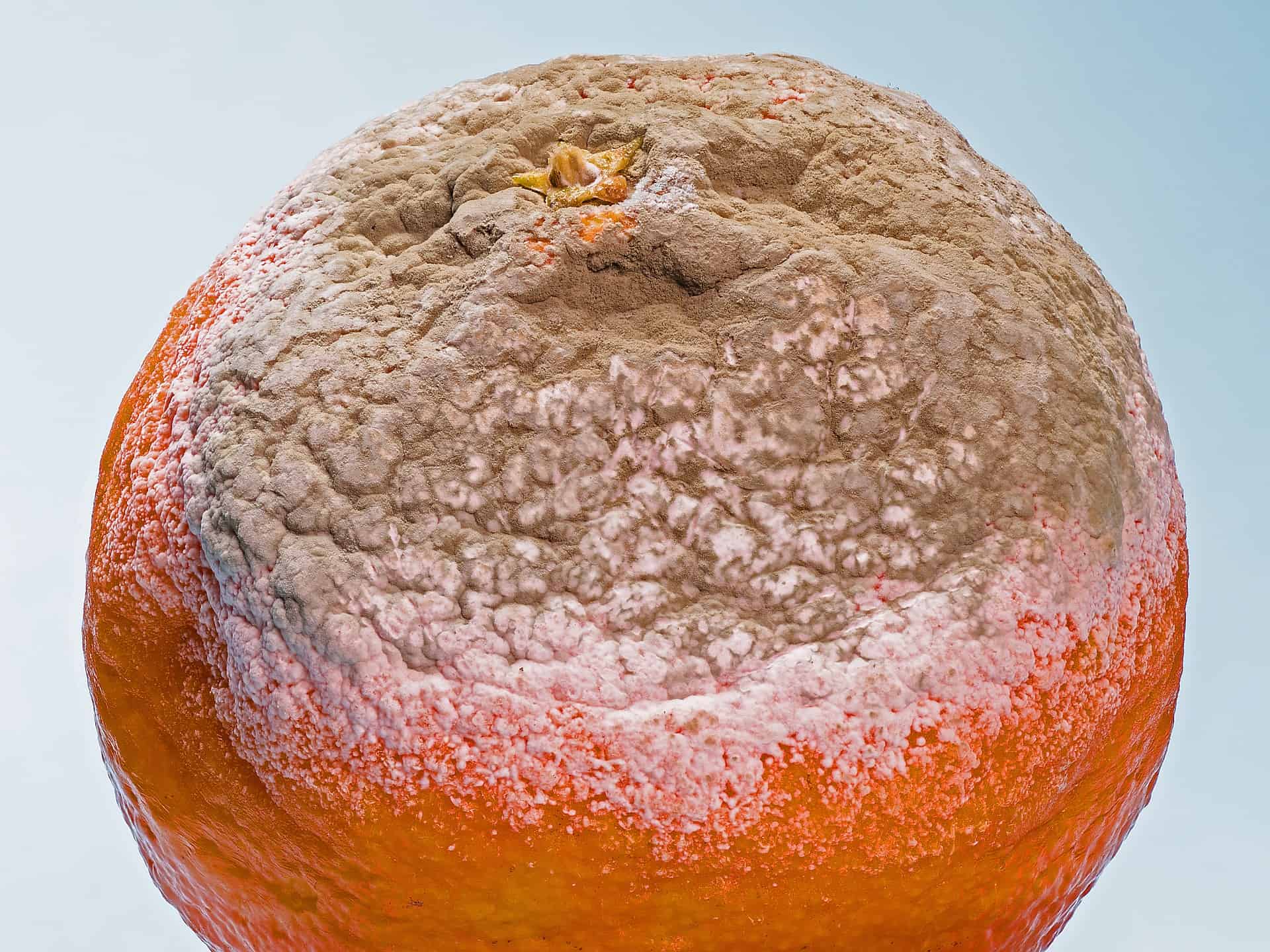
[ad_1]
In early fall, many individuals start experiencing seasonal allergy symptoms because of ragweed pollen. As the autumn goes on, although, these allergy symptoms persist, although the pollen subsides. That is often due to a second contributing issue: mould. Mildew allergy symptoms are an ofter-overlooked part of seasonal allergic reactions. Right here’s what you want to find out about fall mould allergy symptoms and what you are able to do to maintain your signs minimal.
What Triggers Fall Mildew Allergy symptoms?
Whereas folks with mould allergy symptoms can have reactions at any time, there are a lot of potential triggers related to late fall. Firstly, fallen leaves dampened by autumn rains provide the proper situations for rising mould. Because the leaves start to decompose, they develop into increasingly conducive to mould progress.
Whereas leaves are the main drivers of mould allergy symptoms within the autumn, there are additionally different sources. Rotting pumpkins, for instance, are sometimes coated in mould. Likewise, cornstalks displayed as decorations can begin to develop mould once they get moist.
It’s necessary to grasp, although, that it isn’t the mould itself that triggers respiratory allergy symptoms. As a substitute, it’s the spores that molds launch to be able to reproduce. When an individual with mould allergy symptoms breathes in these spores, she or he can develop coughing, sneezing, runny nostril, itchy eyes and different frequent allergy signs.
The best way to Management Mildew Allergy symptoms
As with all allergy symptoms, the important thing to controlling mould allergy symptoms is to restrict publicity to the allergen. On this case, which means having much less publicity to mould spores. Individuals who undergo from mould allergy symptoms can management their signs by spending much less time outside, notably throughout and instantly after the autumn wet season. When you have average to extreme mould allergy symptoms, it’s additionally a good suggestion to have another person rake and bag the leaves in your yard. Raking leaves can fire up mould spores, which in flip tends to worsen mould allergy symptoms.
To assist maintain spores away, it’s also possible to use a house air air purifier with a HEPA filter. Mildew spores are giant sufficient for HEPA filter materials to seize fairly successfully. For much more safety, you possibly can think about using an air air purifier that additionally incorporates a UV lamp. UV gentle has the flexibility to neutralize organic contaminants within the air, together with mould spores. To seek out the fitting unit on your wants, browse out full collection of air purifiers for mould.
Whereas fall mould allergy symptoms might be disagreeable, they’re manageable so long as you possibly can keep away from the spores that set off them. Easy behavioral modifications are sometimes sufficient to maintain allergy symptoms beneath management. When you undergo from allergy symptoms that final after the ragweed pollen is basically gone, think about using an air air purifier and avoiding mould sources to assist reduce your signs.
[ad_2]
Supply hyperlink








